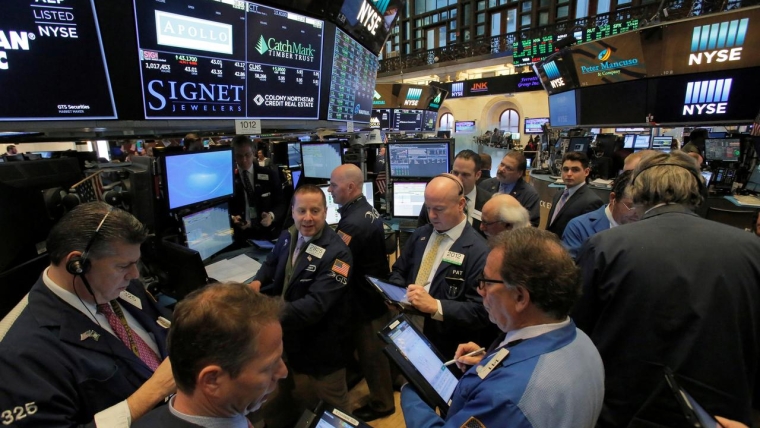
Markets have begun the new week in a positive frame of mind, with the S&P500 recovering 0.5% to take it back near last week’s record high and global rates pushing higher. Positive risk sentiment sees JPY underperform, alongside a soft GBP as weak data support an easing in policy by the BoE. The NZD and AUD currencies are relatively flat against some strength in CNY.
Media report that in the US Treasury department’s semi-annual report, China will no longer be deemed a currency manipulator. The report will be released before the signing of the US-China phase 1 trade deal on Wednesday. As we all know, that label had no merit anyway and was used as a political football when Trump was grumpy with China.
Ahead of the signing of the trade deal, CNY is stronger, with USD/CNY trading below 6.90 for the first time since the beginning of August. The strong correlation between the CNY and NZD evident since the trade war began remains in play, although not necessarily on a daily basis. The NZD is flat at 0.6635, where it closed last week. As noted in our Weekly yesterday, our latest short-term fair value model estimate sits at 0.71, supported by well above-average risk appetite (of 82%). A more neutral risk appetite figure of 50% would drag down fair value to 0.68, which is still above the current spot rate. So the NZD is still clearly trading on the cheap side of fair value, as it has done over the past 8 months or so, and more so over the past 4 months.
Our NZD/AUD fair value estimate has recently slipped to 0.94, as Australian commodity prices recover relative to NZ commodity prices. Overnight, the actual cross rate slipped just below 0.96, and is now nearly a full cent below last week’s high.
GBP has been the weakest of the majors in the new week, down more than 0.5% to below 1.30. UK monthly GDP unexpectedly fell by 0.3% m/m in November, with industrial production falling into a hole, not helped by heightened Brexit uncertainty at the time in the lead-up to the general election. The rolling 3-month figures were supported by historical revisions. Bank of England officials have recently turned more dovish, with Governor Carney last week saying that the Bank has plenty of room to ease further, if required, and a couple of other committee members saying that they could see a potential case for lower rates, joining the two voting dissenters on the committee. Market pricing for the next 30 January meeting suggests an even bet of a 25bps policy rate cut to 0.5%, with plenty of data ahead of that which would sway the decision either way. NZD/GBP is up 0.6% to 0.5110.
The euro has managed to hold its ground against the USD, even rising a little to 1.1140. Germany posted a record budget surplus last year of €13.5 billion, helped by lower financing costs and upside to tax revenue, even amidst a sluggish economy. The figures add to the case for some much-needed easing in fiscal policy that would help support growth in the euro area. JPY is on the soft side, with USD/JPY up 0.4% to 109.90, its highest level since May, reflecting better risk sentiment.
In the rates market, higher risk appetite sees higher rates across the board, with US Treasury rates 1-2bps higher. The 10-year rate has traded a fairly narrow 1.8250-1.8550 range. The 1.95% level is a mark of resistance and if expectations remain for the Fed to stay on hold this year, with a risk of further easing, then in the absence of an inflation shock, US Treasuries should remain well supported. NZ rates fell 1-2bps yesterday, but the bias will be for a reversal today, with 10-year Australian bond futures up 2bps in yield since the NZ close.
In the day ahead, the QSBO should show a significant lift in business confidence, as the timelier ANZ survey showed at the end of last year. A much better survey “should” already be embedded in market expectations. China trade data and US CPI data are also of some interest. The latter is expected to show an ongoing benign inflation picture.

We welcome your comments below. If you are not already registered, please register to comment
Remember we welcome robust, respectful and insightful debate. We don't welcome abusive or defamatory comments and will de-register those repeatedly making such comments. Our current comment policy is here.